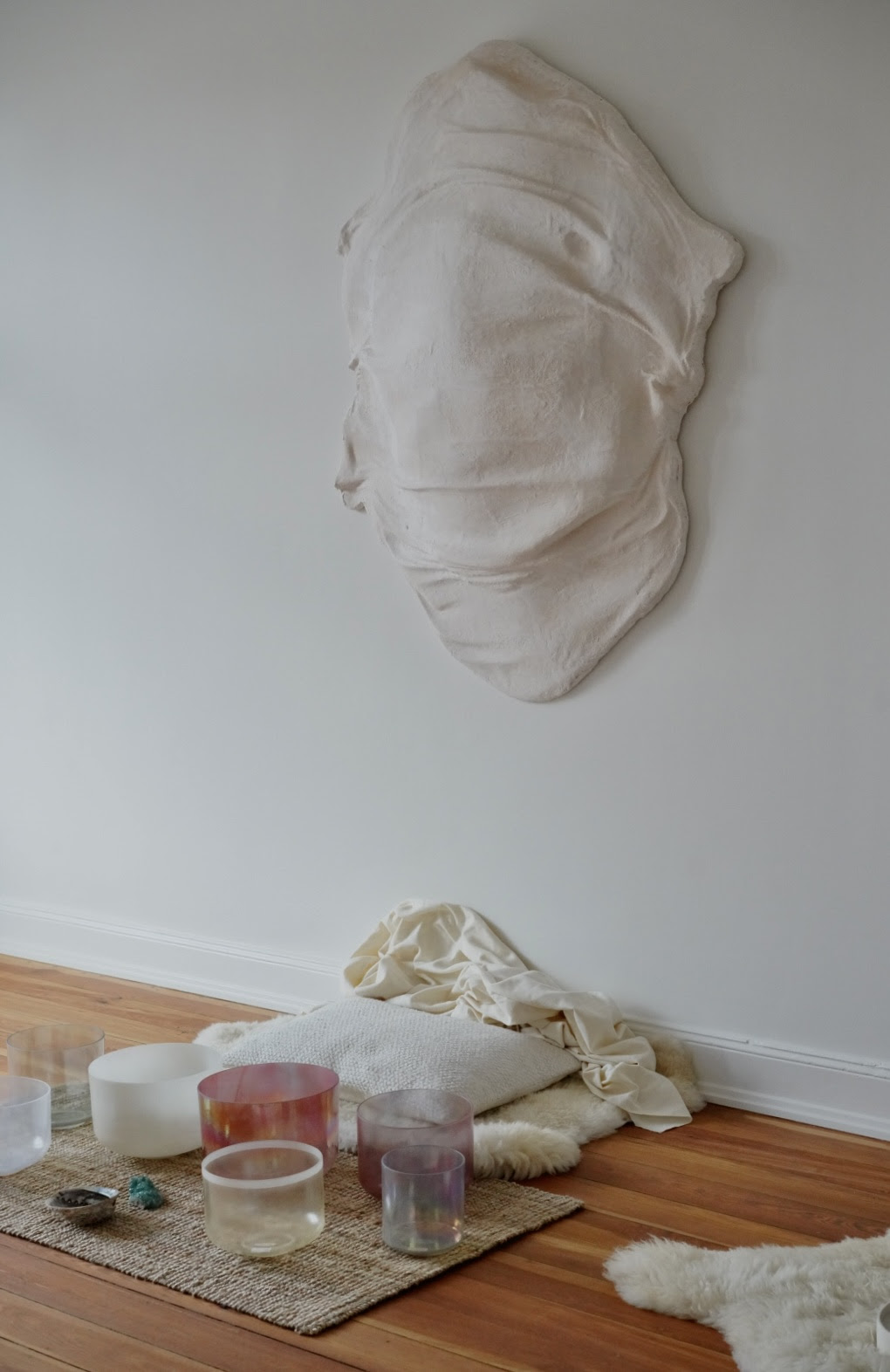Also What, When, How And especially Who.
An exploration of what makes a collection and a collector as well as a deeply personal story of how one of our collectors found her newest piece and spiritual anchor point.
From the early days of human history, collecting has shaped our cultural identity. Long before galleries or museums existed, we were hunters and gatherers. Not just of food and tools, but of meaning. To collect is to preserve, to cherish, to assign value.
But what does it mean today to be a collector of art?
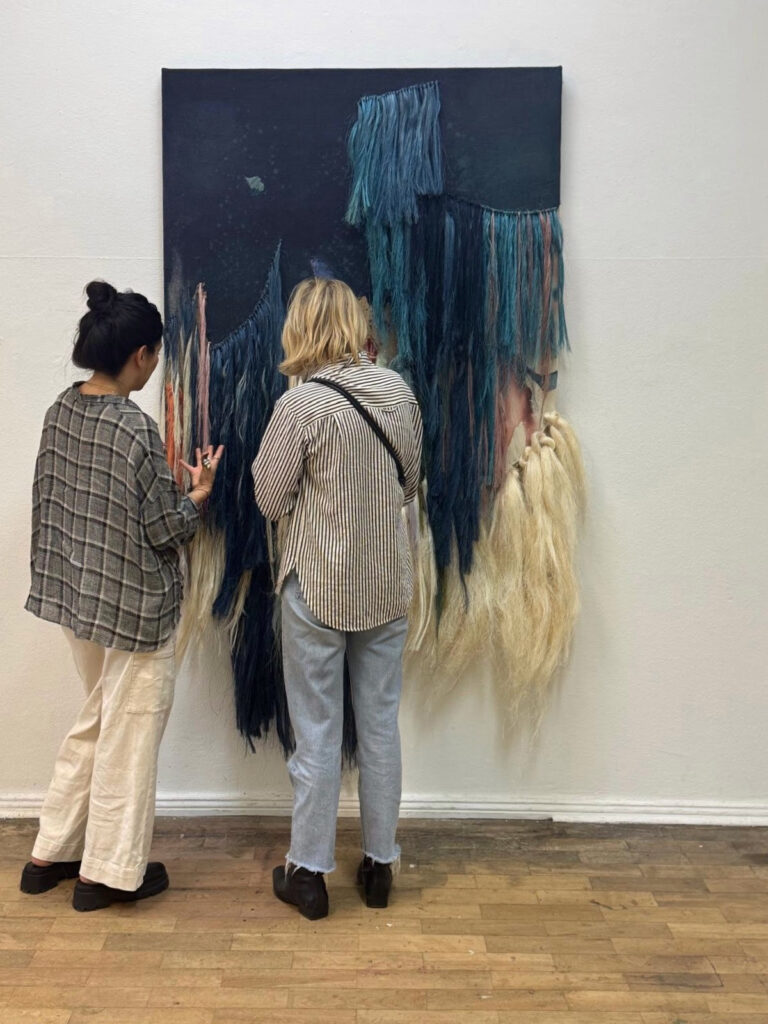
Collectors often ask themselves: Why do I collect? Is it for cultural enrichment? For building a legacy? For the deep satisfaction of living with art? Or is it something less tangible. The sense that by acquiring art, we enter a dialogue that transcends time?
Art carries intention, emotion and soul. When artworks are passed on, more than ownership changes hands. A legacy is inherited. And with each acquisition, collectors contribute not only to their personal world but also to the cultural fabric of society.
To buy a work of art is also to give something back.
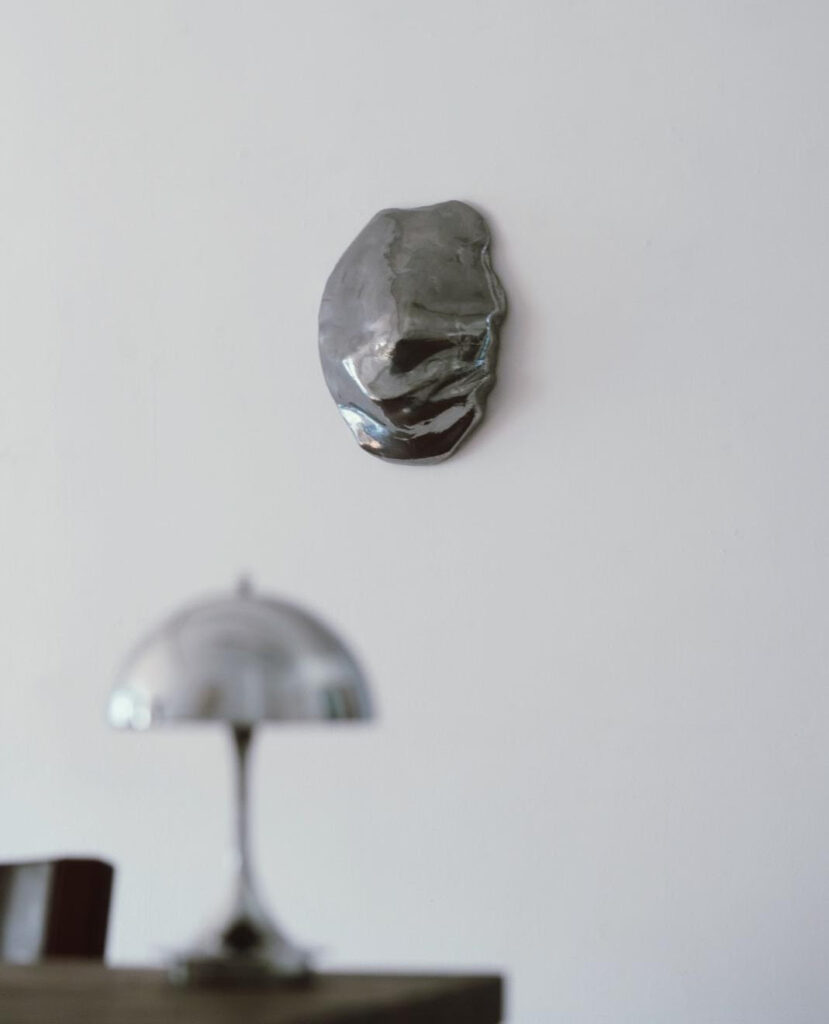
What Defines a Collection?
Is a collection simply a group of artworks? Or is it something more intentional. A curated narrative. A reflection of passion, knowledge and vision.
A collection begins when the act of acquiring becomes purposeful. When artworks are not only bought but also cared for, studied and remembered. When the collector moves beyond the role of a buyer and becomes part of the artwork’s journey through time.
A collection, in this sense, becomes a form of authorship. Each piece is a sentence. Together they form a story.
Who Are Today’s Collectors?
Collectors today appear in many forms. Private individuals, public patrons, philanthropists, corporate foundations and even artists themselves. Some are guided by connoisseurship, others by curiosity. Some aim to preserve. Others to challenge. What they all share is the belief that art matters. Personally and collectively.
Historically, collectors have shaped the course of art history. From the Medici family to Peggy Guggenheim to those influencing today’s biennales and art fairs. Each generation of collectors helps determine what is seen, preserved and valued.
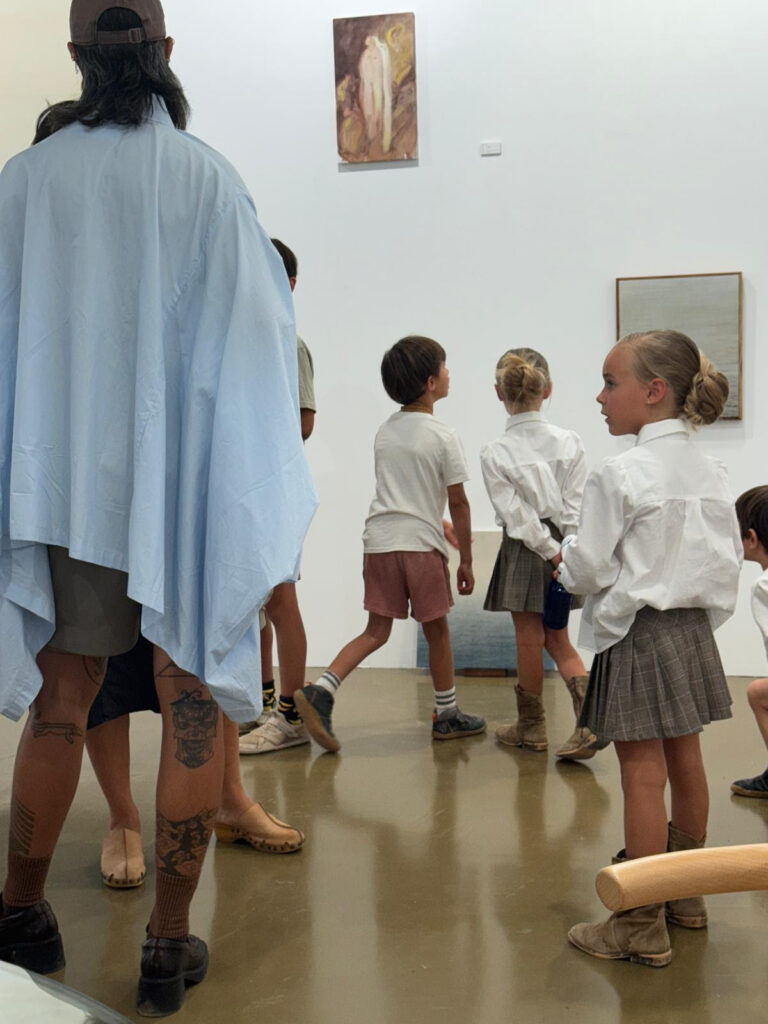
A Living Archive
Every serious collection benefits from documentation. A catalogue, a database, a living archive. A well-maintained inventory allows us to understand where and when a work was created and how it fits within the artist’s larger body of work. It transforms a private passion into a resource. For art historians. For curators. For future generations.
We hold on to what matters today, so our descendants can one day see, feel and connect with the values and visions that shaped us.
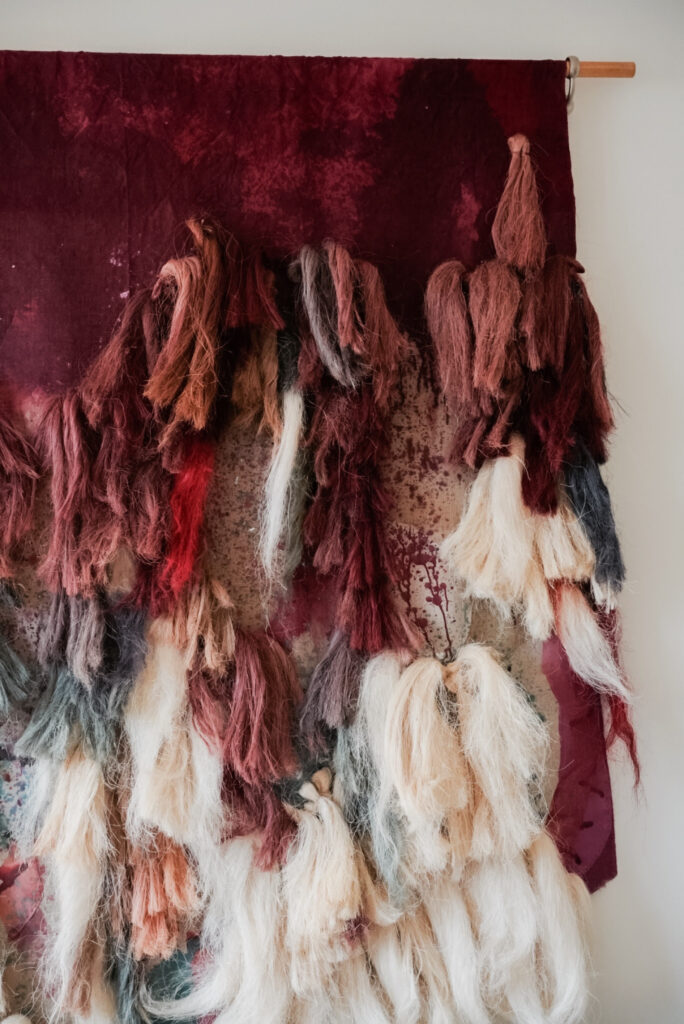
Collecting as Cultural Contribution
Collectors are often quiet supporters of culture. They help living artists. They bring attention to forgotten names. They share their collections through loans, exhibitions and donations.
To collect art is not just to own it, it is to take care of it and to share it.
One example of this new kind of cultural contribution comes from the world of luxury fashion: Chanel is changing how brands support art. Instead of building their own museums (such as Fondation Louis Vuitton and the Pinault Collection), they partner with existing institutions to create real cultural transformation. Since launching the Chanel Culture Fund in 2021, they have supported over 50 projects, including exhibitions and artist grants. This approach focuses on collaboration and cultural impact, not just branding.
Chanel’s strategy shows us that collecting art today is about more than ownership.It’s about supporting and sharing culture. Their work mirrors a broader shift in the art world: collecting is no longer about possession alone, but about connection, care and contribution.
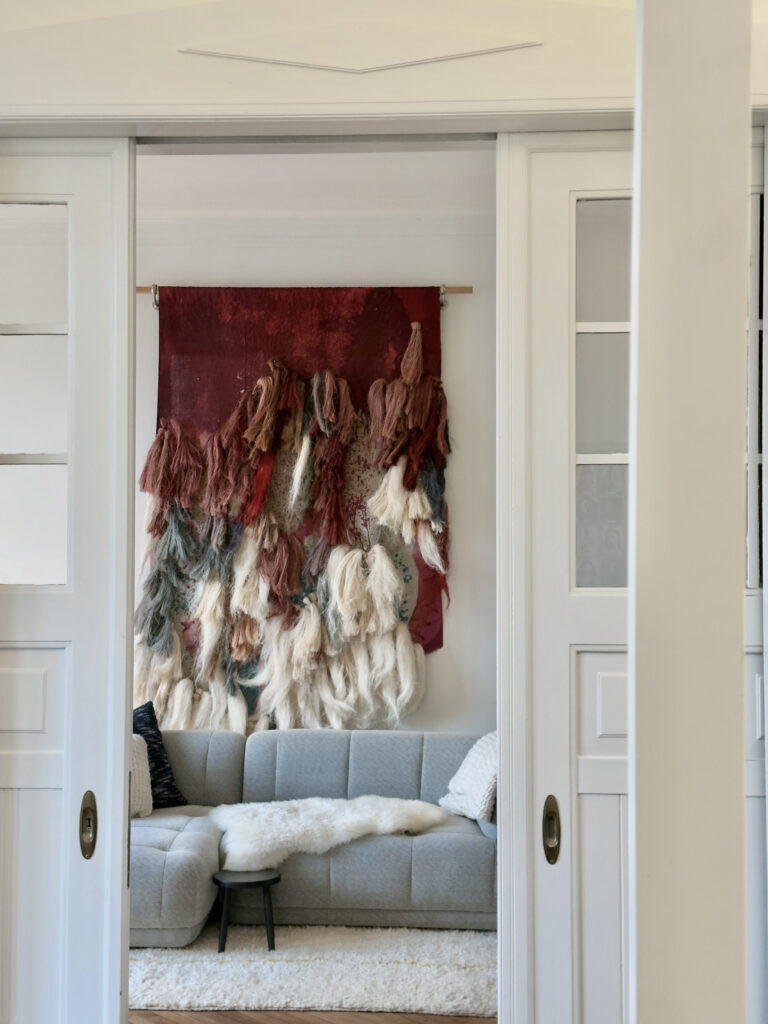
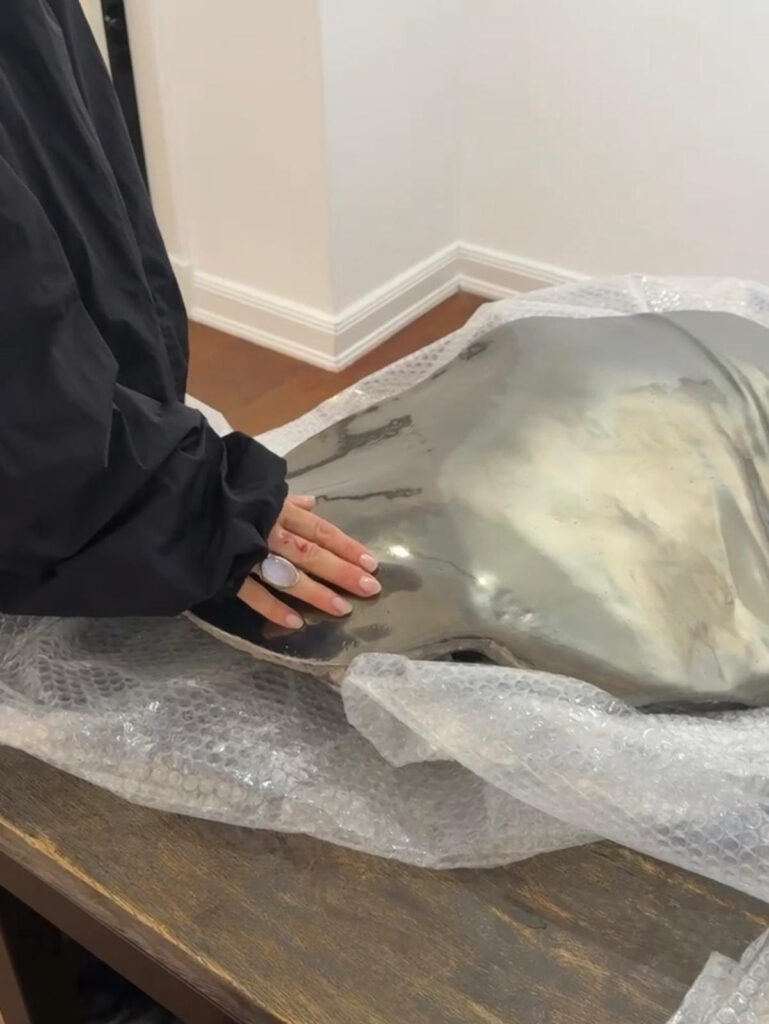
A Moment That Starts It All: Alexandra Garcia Medina
At the heart of every collection is a personal connection. A moment that moves us deeply and begins a journey.
Alexandra Garcia Medina experienced such a moment in our Hamburg gallery, falling in love with Marco Reichert’s new sculpture series.
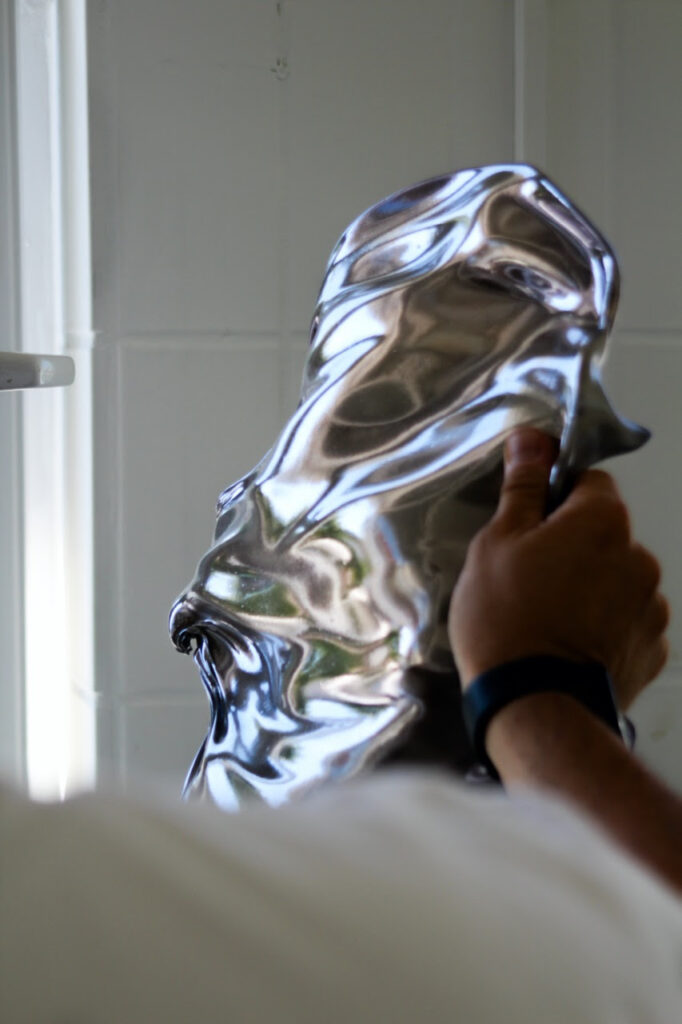
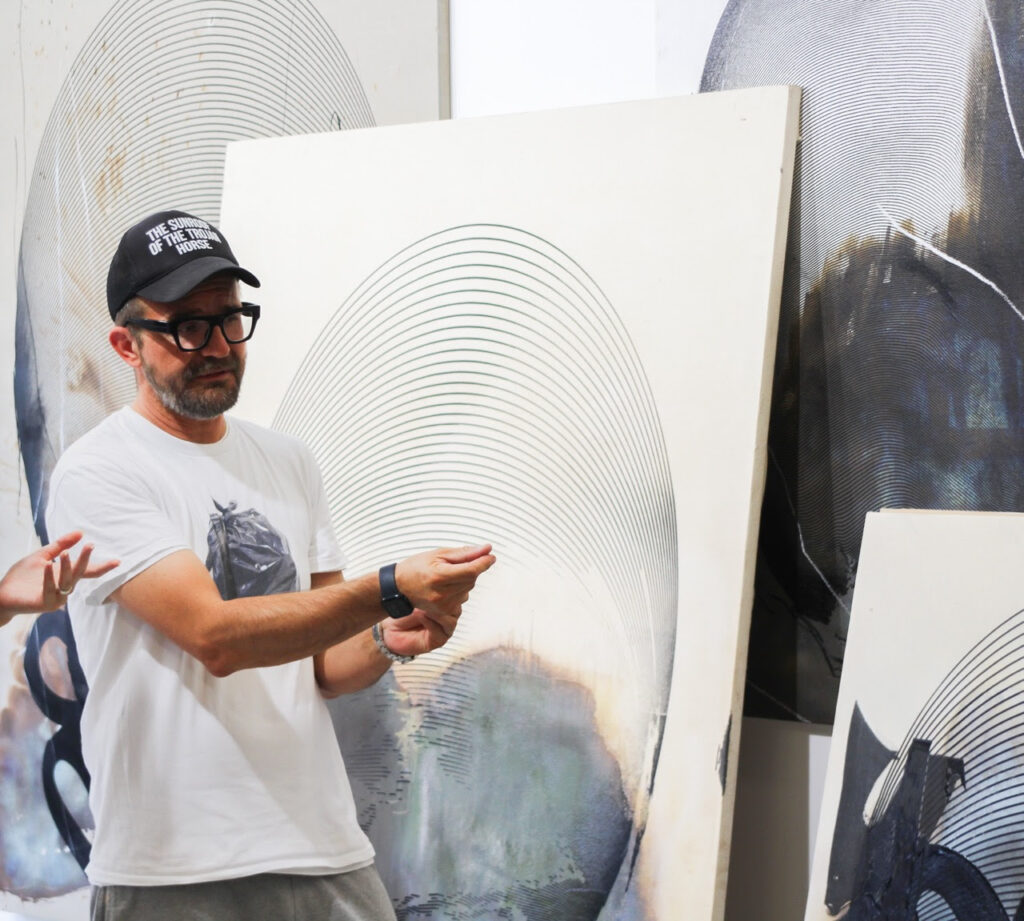
“When I first saw Marco’s work, it felt like standing in a desert, with a warm wind surrounding me, as if I were in a sacred and special place. This deep connection stayed with me. Meeting Marco later in Berlin only strengthened this feeling and I knew with certainty that this was the right piece for me.”
Alexandra runs her own model agency and represents a new generation of collectors who collect with clear intention and purpose. The sculpture is a meaningful addition to her life, inspiring her healing journey. She places singing bowls before it, creating a peaceful space for reflection.
Her two children now paint on canvases in the same room, inspired by the art surrounding them. Through this, Alexandra passes on inspiration and care to the next generation.
Today, the sculpture is more than a work of art. It is a companion, a place to pause and return to.
It is in moments like these, personal and powerful, that collecting truly begins.
And culture continues to live on.
